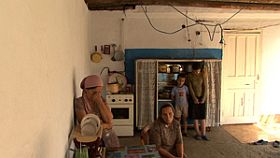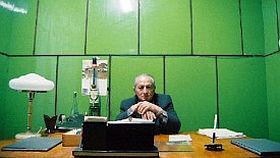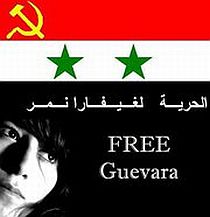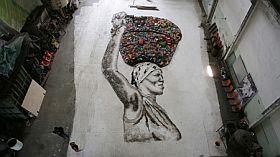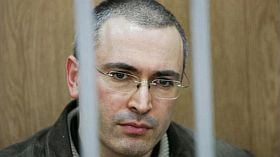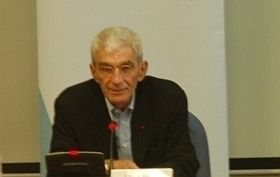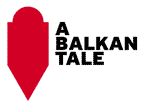


Czech Documentaries in Cinemas
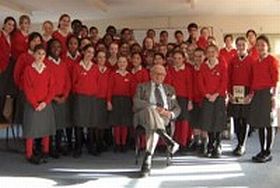
A total of 44 Czech films have been released in cinemas this year, including 19 documentaries. The number of theatrical releases has been steadily rising in recent years. This positive trend is both due to the technical and financial availability of digital technologies that make cinema release viable even for low-budget films, as well as various projects, such as Czech Joy in Czech Cinemas that helped release 5 documentary films in a joint campaign.
Seventeen of this year’s documentary releases will compete for the Czech Lion Awards organized by the Czech Film and Television Academy (CFTA), that will be announced in March 2012. In sheer number of films, the documentary category comes close to the feature category (24 films). In mid-January, Czech film critics will also announce best films of the past year. Their competition features all films distributed in cinemas, short films as well as films making use of alternative distribution channels. On top of the CFTA eligible films, the Czech Film Critics Awards include, for instance, Andrea Slováková’s documentary In Sight released on VoD.
Photo: Matej Minac’s film “Nickys Family”, the third film about Sir Nicholas Winton, who saved 699 children from nazi deportation to concentration camps.
